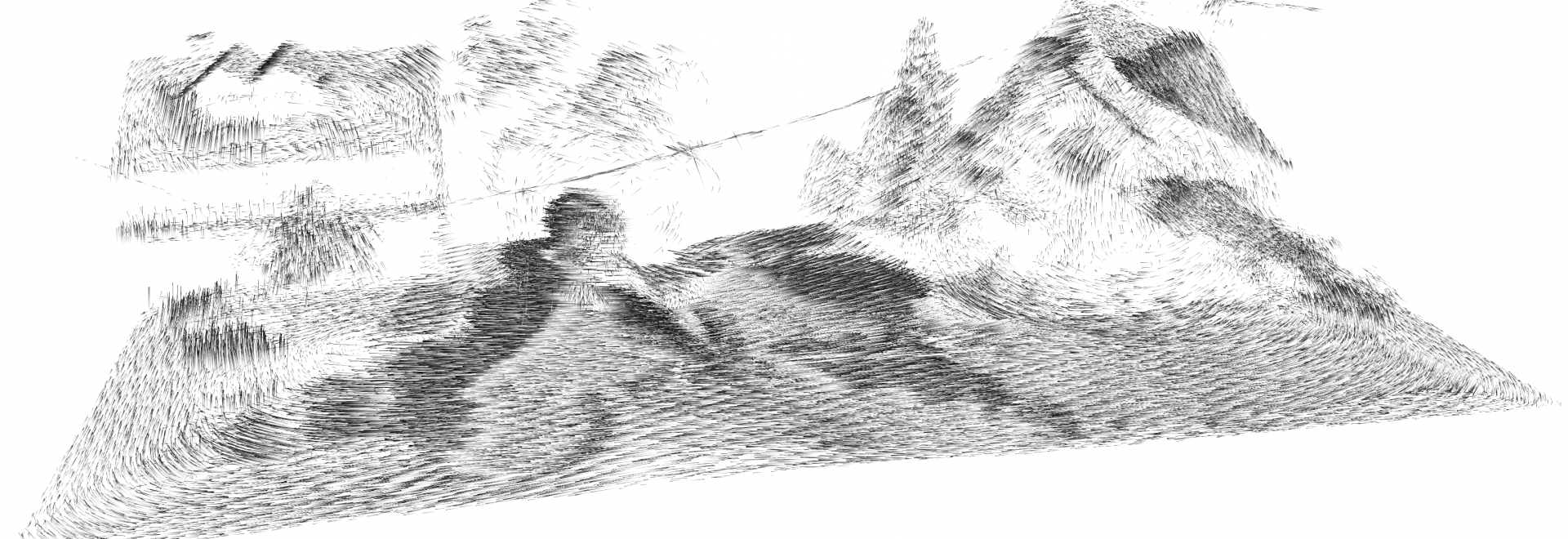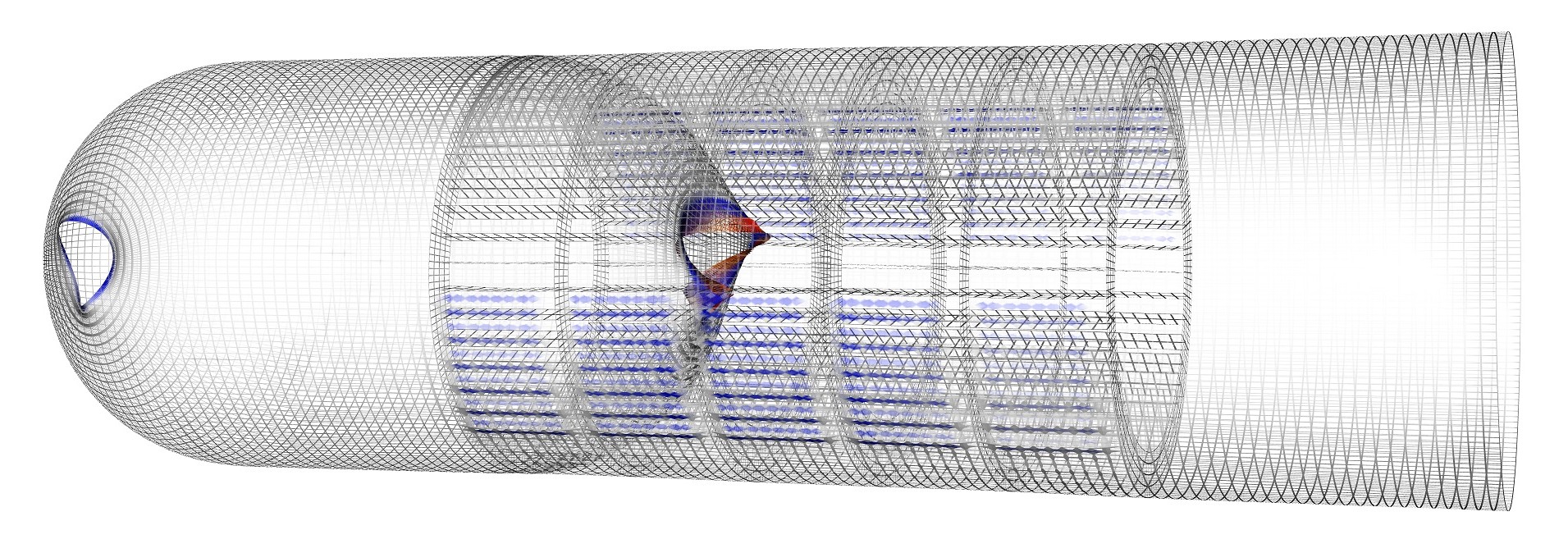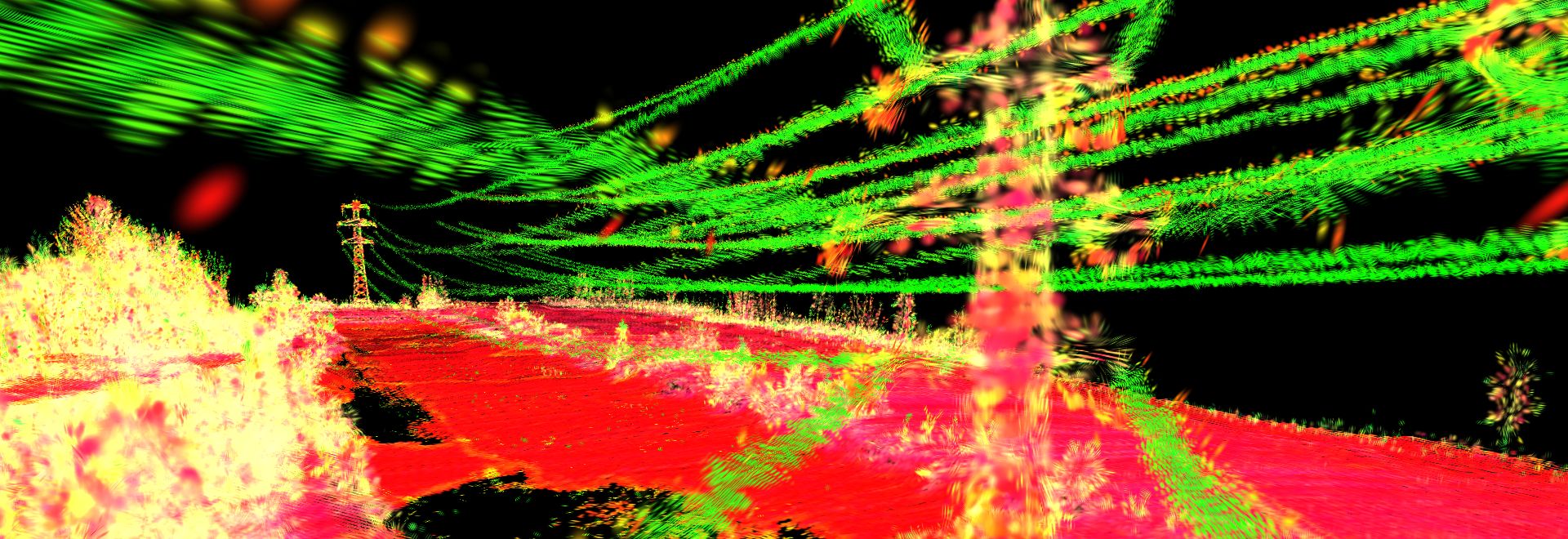An ode to Avencast
At our 10 years anniversary party we stumbled over Average Joes channel:
An ode to Avencast, a peom:
by Sir Average Joe
"
Avencast, oh Avencast, with your hallways all so vast,
through all of these videos your content did last,
and if we had our problems, they are well in the past.
These days you keep me flying at half mast.
What a wonderful way to spend my precious time.
Your puzzles are smart, your voice acting sublime,
and if certain items are pretty hard to find,
it's because your spell effect left me partially blind.
And I’d concur as well i might,
but the graphics are dated, the combats a bit sheight.
But everything else here is really quite tight.
If you should disagree you are looking for a fight.
And the game is really stable beside from that crash,
and the texture glitch that made the floor look like ass.
But if one thing should convince you to part with your cash,
it's looking at this guy's amazing mustache.
"
Many thanks for your fine words (found here)!































